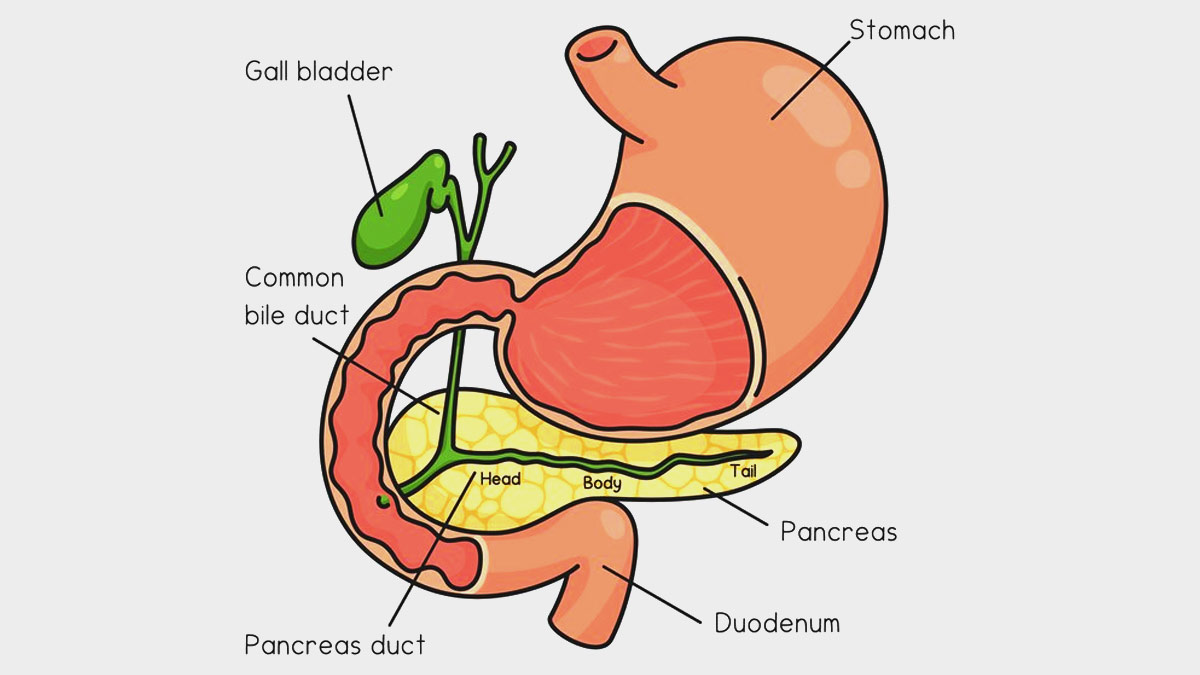
"Enlarged bile ducts or dilated bile ducts are typically caused by a biliary tree obstruction, which can be caused by stones, tumours (usually of the papilla of Vater or the pancreas), benign strictures (due to chronic pancreatitis or primary sclerosing cholangitis), benign stenosis of the papilla, or a combination of these conditions,” said Dr Sanjay Chaudhary, MBBS, MD, VMMC, New Delhi.
Table of Content:-
Causes of Bile Duct Enlargement
Obstruction
As said earlier, the common cause is the obstruction of the bile duct. Further, this can result from gallstones, tumors, or inflammation, preventing the normal flow of bile and causing the duct to enlarge.
Also read: Does Your Child Eat Too Much Junk Food? Study Reveals They Could Develop Liver Cancer
Infection and Inflammation
Infections such as cholangitis or inflammatory conditions like primary sclerosing cholangitis can lead to inflammation followed by enlargement of the bile duct.
Biliary Strictures
Narrowing or scars on the bile ducts, known as strictures, can cause dilation of the duct as bile struggles to pass through the narrowed areas.
Symptoms of Bile Duct Enlargement
Abdominal Pain
“Enlargement of the bile duct can lead to abdominal pain, particularly in the upper right side, as the pressure increases within the duct,” said Dr Chaudhary.

Jaundice
Obstruction or dilation of the bile duct can result in jaundice, characterized by yellowing of the skin and eyes due to the buildup of bilirubin.
Itching
Elevated levels of bile salts in the bloodstream, a consequence of bile duct enlargement, can cause itching.
Digestive Issues
Some people may experience digestive problems such as indigestion, bloating, or changes in bowel habits.
Also read: How Fatty Liver Impacts Your Heart Health And Beyond, Expert Explains
Consequences of Bile Duct Enlargement
Liver Damage
Prolonged bile duct enlargement can lead to liver damage as bile, which contains waste products, fails to flow properly.

Infections
Obstructed or dilated bile ducts are prone to infections, which can further complicate the condition and lead to systemic issues.
Complications with Digestion
Insufficient bile reaching the small intestine can impact digestion, particularly the absorption of fats and fat-soluble vitamins.
Pancreatitis
In some cases, an enlarged bile duct can cause inflammation of the pancreas, leading to pancreatitis.
Medical Evaluation and Treatment
If symptoms of bile duct enlargement are present, it is important to seek medical attention promptly. Diagnostic tests such as imaging studies like ultrasound, CT scans and blood tests can help identify the underlying cause.
Treatment options may include medication to manage symptoms, surgical interventions to remove obstructions or repair strictures.
Bile duct enlargement is a complicated disorder with numerous potential origins and outcomes. Timely medical diagnosis and management are critical for treating symptoms, resolving the underlying condition, and avoiding consequences caused by bile duct dilatation.
People who are suffering symptoms of bile duct enlargement should see a doctor for a comprehensive evaluation and proper care.
Also watch this video
How we keep this article up to date:
We work with experts and keep a close eye on the latest in health and wellness. Whenever there is a new research or helpful information, we update our articles with accurate and useful advice.
Current Version